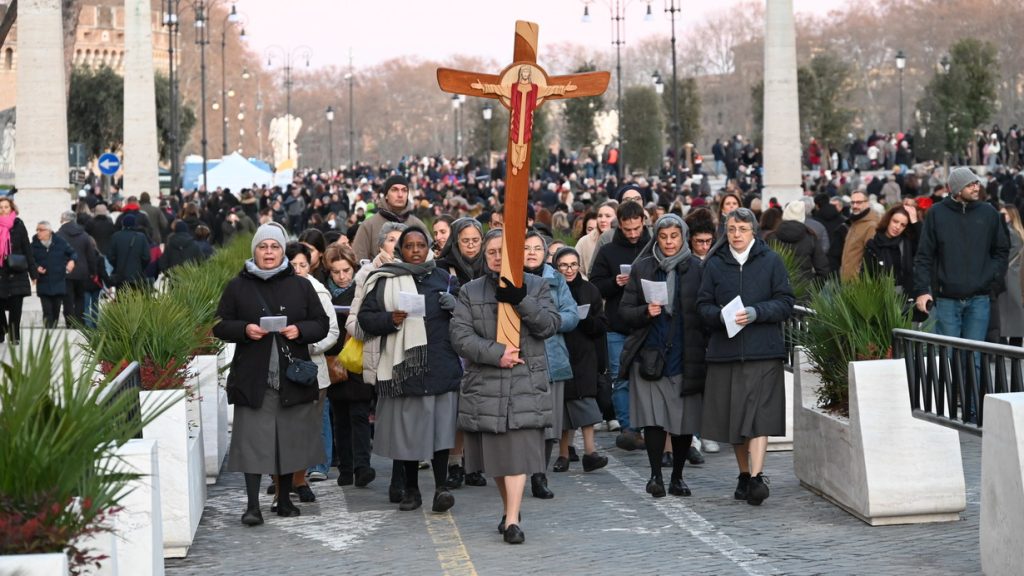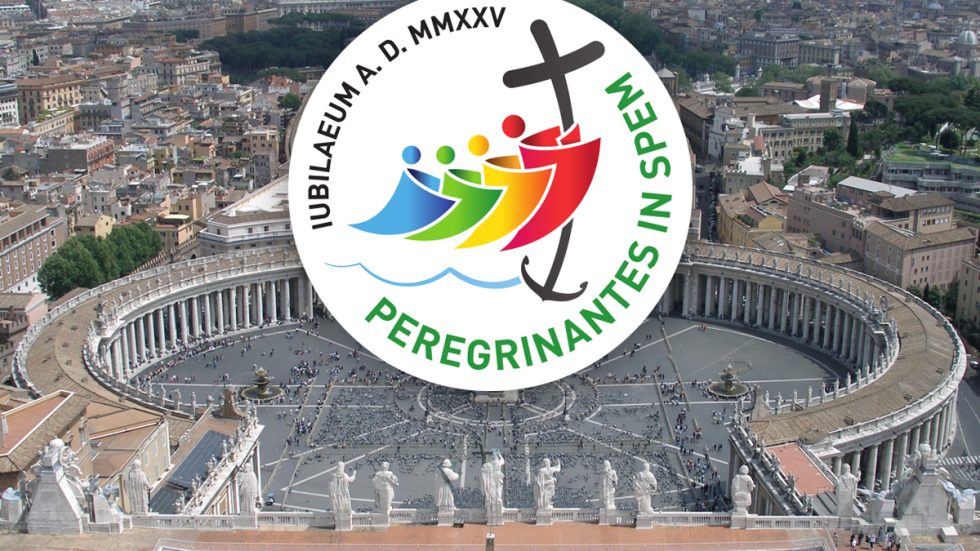
Surely we have heard that the year 2025 is the year of the jubilee, or what is also known as the “Holy Year”; in reality, the jubilee began on December 24, 2024, with the opening, by Pope Francis, of the Holy Door of St. Peter’s Basilica in Rome and will end with the solemnity of the Epiphany 2026.
By Jenaro Ardila *
I wonder if we know the meaning of celebrating a jubilee year, if we already know it, very well, if not, then let’s look into its meaning. To understand better, let’s go back in time, and explore it from the biblical point of view.
According to the biblical stories, we find that the year 1406 BC was the first year in which the jubilee cycle was celebrated. According to this, the jubilee had to be called every 50 years, because it was the “extra” year, it had to be lived every seven weeks of years (7 x 7 = 49) and the 50th year corresponded to the jubilee (see lev. 25,8 – 13). In fact, this text says: “You shall declare this fiftieth year sacred and proclaim the liberation of all the inhabitants of the earth. This will be a jubilee for you”.

What is the Jubilee?
The Jubilee is a celebration that takes place in several historic Christian churches, especially in the Catholic Church and the Orthodox Church. According to its origins, it was “a year in which properties were returned, since purchases and sales were not forever but lasted until the Jubilee – restitution of lands. A time in which the land was to rest and Jewish slaves were to be freed and debts forgiven”. Today, following this tradition, in some parts of the world during the Jubilee, some prisoners are released or their sentences are pardoned.
Now, in the Catholic Christian tradition, the concept of a Jubilee dates back to 1300 AD, when Pope Boniface VIII proclaimed the first Holy Year, or Jubilee. Inspired by the practices of the biblical jubilee, the purpose of this event was to “offer the faithful a time of spiritual renewal, reconciliation and forgiveness of sins”; This concept is maintained to this day; What has changed are some practices, which are in accordance with the needs of the times. This then indicates that the Jubilee is a religious celebration aimed at promoting holiness and the return to the right path. The central themes of a Jubilee are penance and forgiveness of sins through pilgrimage (passage through the Holy Door) and works of charity and mercy.
Currently, the jubilee is celebrated every 25 years, not every 50. In fact, the time period was changed shortly after its inception. On April 19, 1470, with the papal decree “Ineffabilis Providentia”, Pope Paul II established that, starting in 1475, jubilees were to be celebrated every 25 years.
Pope Francis opens the Holy Door of St. Peter’s Basilica
Pilgrims of Hope
The theme proposed by Pope Francis for the 2025 Jubilee is “Pilgrims of Hope”. This theme draws attention to the importance of pilgrimage, as a metaphor for the journey of life, a journey of hope towards redemption and inner peace.
I hope this helps us better understand what it means to celebrate a Jubilee Year.
For all of us, a fruitful pilgrimage in this Jubilee Year and may we bring hope to those who share our life journey, because “hope does not disappoint”.
* Father Jenaro Ardila, IMC, General Archives in Rome.



